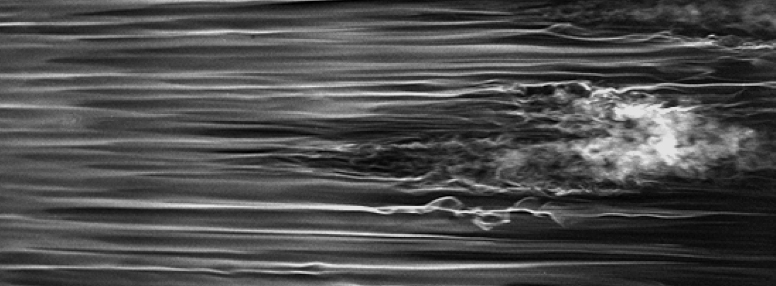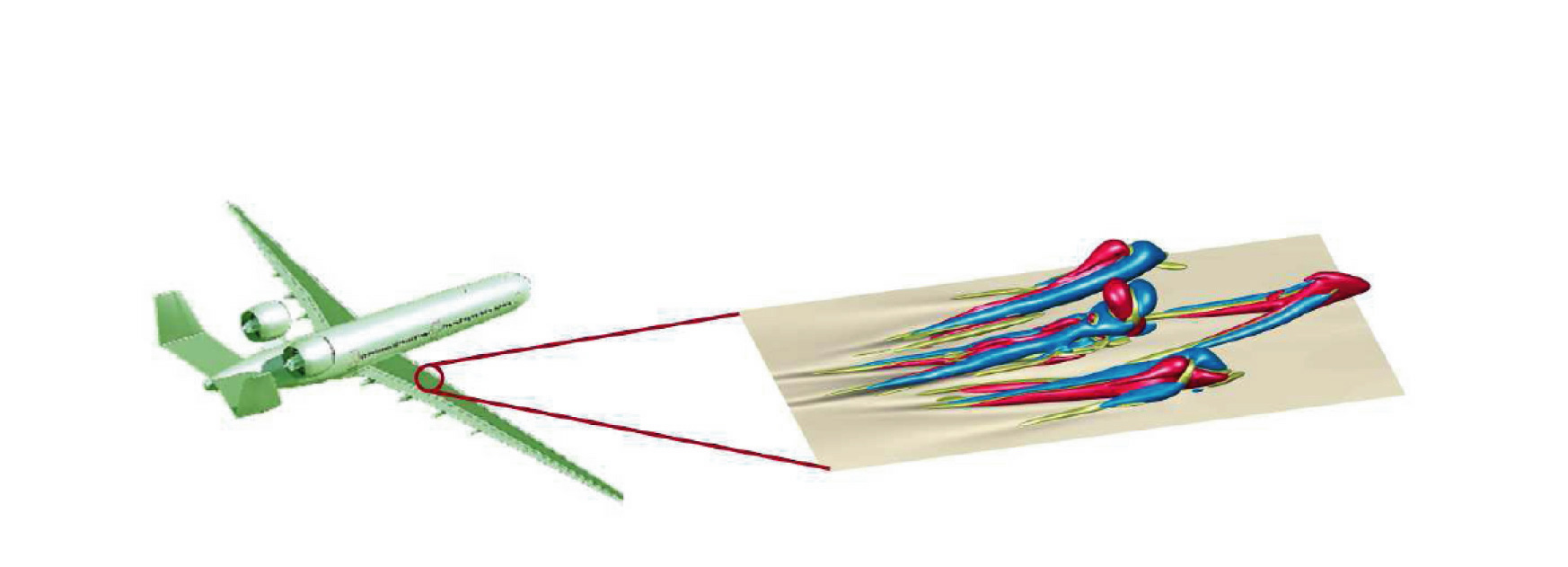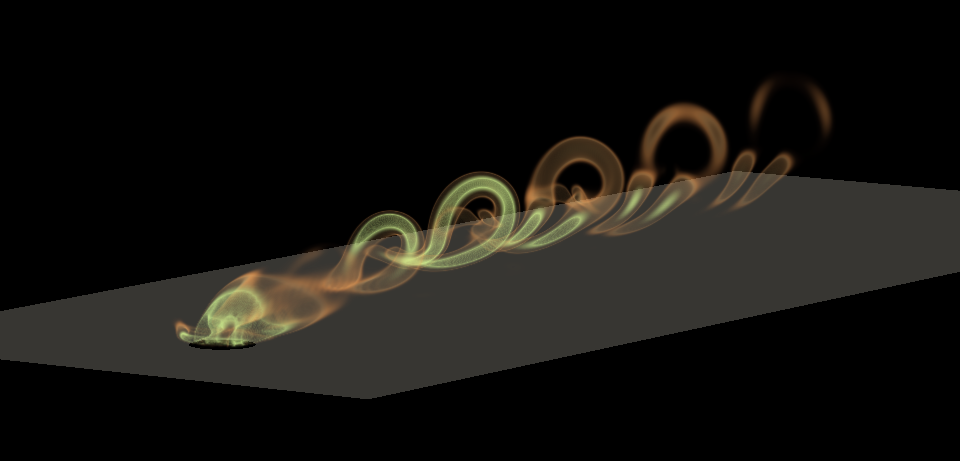 |
|
 |
KTH /
FLOW / Research areas
Research areas and strategies
The overall FLOW strategy may be downloaded here.
A sampling of projects may be downloaded here.
At the current stage FLOW has six different priority research areas which are:
Stability and transition
The area of Stability and transition deals with how and why orderly laminar fluid transitions to chaotic turbulent flow. Research will be concentrated on receptivity,
stability of flows in complex geometries and classical stability problems. The responsible person for the Stability and transition research area is Jens Fransson
and the research strategy may be downloaded here.

Figure: Wind tunnel smoke visualization of transition in a boundary layer subjected to free stream turbulence carried out at KTH. The figure shows the development of streamwise streaks, secondary instabilities and
the breakdown to a turbulent spot. The flow is from left to right.
Flow control and optimization
The area of Flow control and optimization takes a step further from analyzing and understanding flows and deals with how flows can be manipulated and optimized in order to achieve the objectives at hand.
Research will be concentrated on feedback control, laminar flow control and separation control. The responsible person for the Flow control and optimization research area is Luca Brandt
and the research strategy may be downloaded here.

Figure: Left: Airbus led FP6 EU-project NACRE (New Aircraft Concepts REsearch) PROGreen environmental concept aircraft. Right: typical transitional flow structures inside boundary layer with suction.
High Reynolds-number turbulence,
incl geophysical flows
High-Reynolds-number turbulence is the archetype of highly nonlinear chaotic systems
possessing many degrees of freedom and a wide span of scales and geophysical flows deals with the flows in the atmosphere and oceans. The responsible person for the High Reynolds-number turbulence including geophysical flows research
area is Erik Lindborg
and the research strategy may be downloaded here.

Figure: Simulation of turbulence in the atmosphere: the temperature field in a vertical plane in stratified turbulence.
Micro- and complex fluids
Micro-fluidics deals with research on the special problems that appear when flow systems are built in micron sizes or less whereas
complex fluids usually refers to fluids with more challenging properties than single phase flows of air and water, such as polymeric solutions, foams and emulsions. The responsible person
for the Micro- and complex fluids research area is Anna-Karin Tornberg
and the research strategy may be downloaded here.

Figure: Simulation of sedimenting rigid fibers. The configuration is shown initially and at two later times. The clustering of fibers and their increased vertical alignment can be seen
to increase their sedimentation speed, as indicated in the plot to the right of each box.
Low Mach-number aeroacoustics
Aero-acoustics is the part of fluid mechanics where the generation and propagation of sound in a moving media are studied. Within the area of Low Mach-number aero-acoustics research
will be concentrated on interior flows where new and improved experimental and numerical methods will be developed for characterizing aero-acoustic sources. The use
of flow control on aero-acoustic sources and dissipation of acoustic energy will also be studied. The responsible person
for the Low Ma-number aeroacoustics research area is Gunilla Efraimsson
and the research strategy may be downloaded here.

Figure: An efficient simulation technique of acoustical characterization of in-duct elements.
e-Science in fluid mechanics
The e-science in fluid mechanics research area has a different character compared to other research areas in FLOW. It is not focused on a single discipline of fluid mechanics but its activities span over all other research areas in FLOW. It also acts as a link to the Swedish e-Science Research Centre (SeRC) since it represents the FLOW community in that centre. The responsible person for the e-Science in fluid mechanics research area is Philipp Schlatter
and the research strategy may be downloaded here.

Figure: Visualisation of the vortical structures in a jet in crossflow, showing the appearance of hairpin vortices downstream of the nozzle.
|
|
 |




